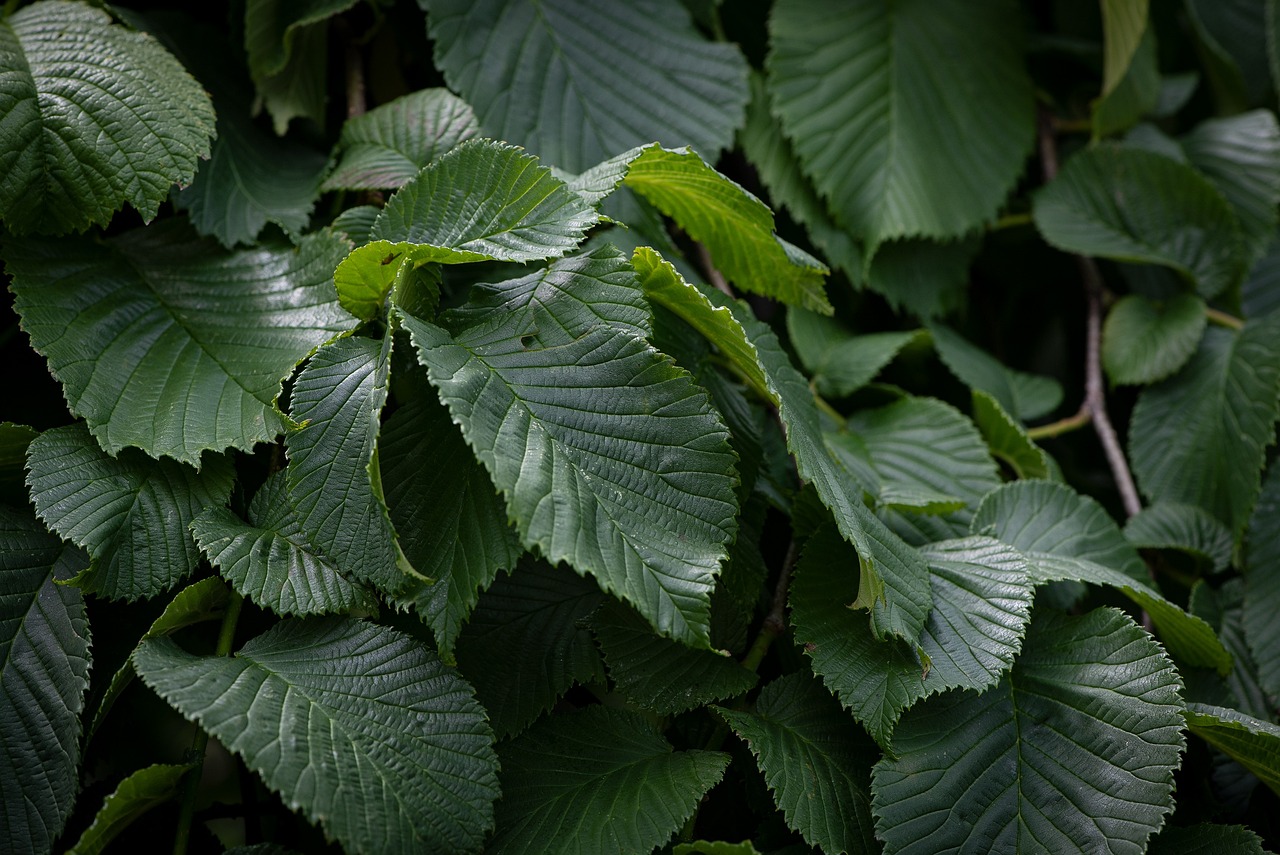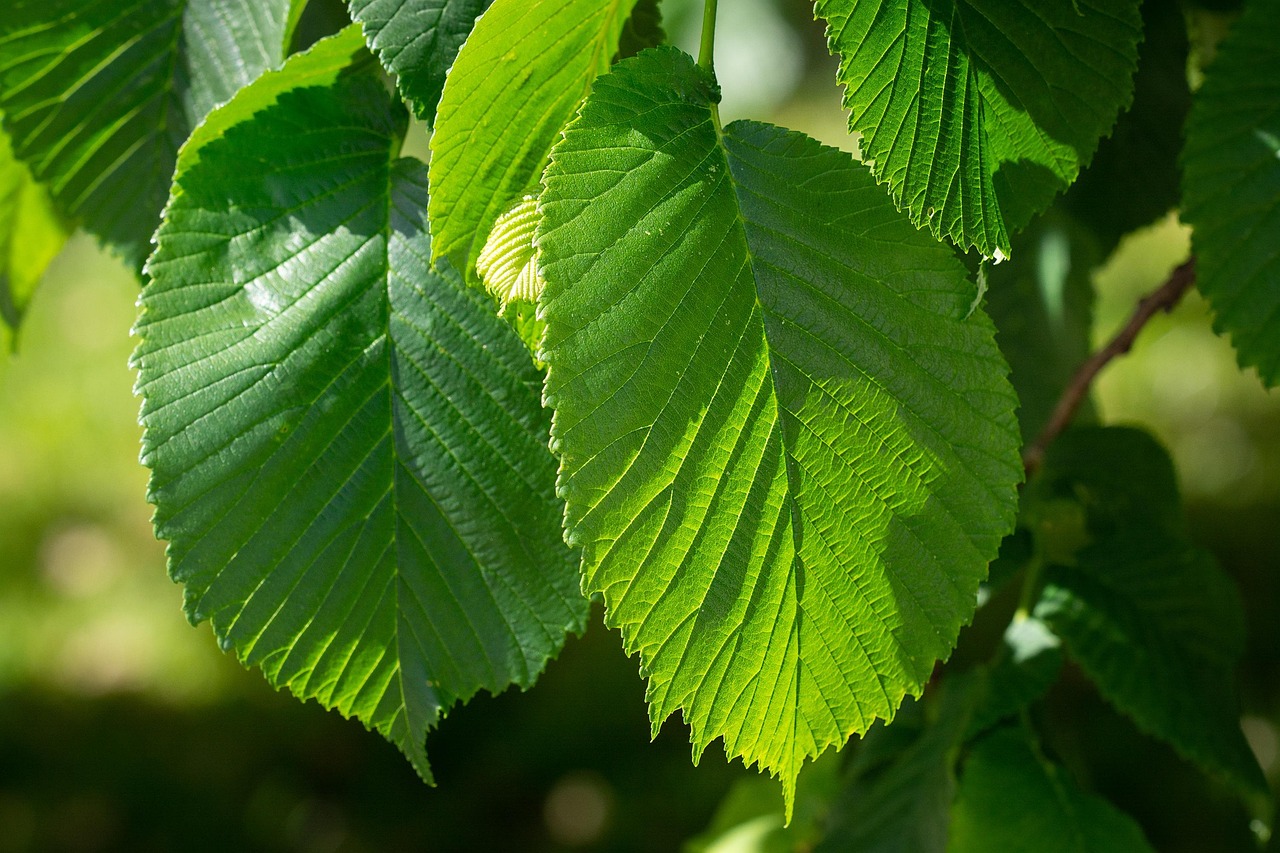Elm trees are primarily found in temperate regions of the Northern Hemisphere. Their native habitats extend across North America, Europe, and parts of Asia, thriving in diverse environments that include forests, parks, and urban areas.
Understanding Elm Trees and Their Habitats

Elm trees belong to the genus Ulmus, which includes a variety of species that have adapted to different climates and soil types. These majestic trees are known for their distinct serrated leaves and unique, often vase-shaped canopies. Traditionally, elms have been valued for their hardiness and aesthetic appeal, making them a popular choice for landscaping and urban forestry.
The geographical range of elm trees is quite extensive, encompassing several continents. In North America, species such as the American elm (Ulmus americana) and the slippery elm (Ulmus rubra) are commonly found. In Europe, the English elm (Ulmus procera) is prevalent, while various Asian species, including the Japanese elm (Ulmus parvifolia), represent the genus in that region.
Elms thrive in a variety of habitats due to their adaptability. They prefer well-drained soil and can tolerate both wet and dry conditions. However, these trees are most commonly found in areas with rich, moist soil, such as riverbanks and floodplains. Their ability to grow in urban settings further underscores their resilience.
Native Habitats of Elm Trees
Native habitats of elm trees vary by species and region. The following are some key habitats where different elm species can be found:
| Species | Region | Habitat Type |
|---|---|---|
| American Elm | North America | Floodplains, urban areas, mixed forests |
| English Elm | Europe | Woodlands, urban parks, hedgerows |
| Slippery Elm | North America | Woodlands, along streams and rivers |
| Japanese Elm | Asia | Forests, parks, roadside plantings |
Each of these species has adapted uniquely to its environment. For instance, the American elm is particularly known for its resistance to drought conditions once established. In contrast, the English elm prefers slightly wetter soils and is often seen lining streets and parks across Europe.
Factors Influencing Elm Distribution
The distribution of elm trees is influenced by several factors. Climate plays a critical role in determining where these trees can thrive. For example, elms flourish in temperate climates but may struggle in extreme heat or cold.
Soil type is another important factor. Elms prefer loamy or sandy soils rich in organic material but can tolerate a range of soil conditions. Additionally, human activity has significantly impacted the distribution of elm trees. Urban development has led to the planting of elms in cities, while agricultural practices have altered their natural habitats.
Understanding the geographical range of elm trees and their native habitats provides insight into their ecological importance. These trees not only contribute to biodiversity but also offer shade and beauty in various landscapes.
Ecological Role of Elm Trees
Elm trees serve a vital ecological function in their native habitats. They contribute to the health and stability of ecosystems in numerous ways. Their presence can influence local biodiversity, soil health, and even climate regulation. Understanding these roles highlights the importance of preserving elm populations.
Supporting Biodiversity
One of the most significant contributions of elm trees is their ability to support various forms of wildlife. They provide habitat and food for numerous species, including:
- Birds: Many bird species use elm trees for nesting and feeding. The seeds and insects found on these trees attract birds like woodpeckers, finches, and sparrows.
- Mammals: Small mammals such as squirrels and raccoons often nest in elm trees. They rely on the tree for both shelter and food.
- Insects: Elm trees are home to various insects, which play crucial roles in pollination and as a food source for other wildlife.
The diverse habitats created by elm trees enhance local biodiversity, providing essential resources for many organisms within the ecosystem.
Soil Health Contributions
Elm trees also contribute to soil health through their root systems and leaf litter. Their extensive roots help to stabilize soil, preventing erosion, especially in riparian zones near rivers and streams. Additionally, their fallen leaves contribute organic matter to the soil, enhancing its nutrient content.
The decomposition of elm leaves enriches the topsoil, promoting healthy microbial activity. This process leads to improved soil structure, water retention, and fertility, benefiting surrounding plant life.
Threats to Elm Populations
Despite their ecological importance, elm trees face several threats that could impact their populations and the ecosystems they support. Understanding these threats is essential for conservation efforts.
Diseases
One of the most significant threats to elm trees is the emergence of diseases. The most notorious is Dutch elm disease, caused by a fungus spread by bark beetles. This disease has devastated elm populations across North America and Europe since it was first identified in the 20th century.
Other diseases affecting elms include:
- Elm Yellows: A phytoplasma disease that causes yellowing and wilting of leaves, leading to tree decline.
- Canker Diseases: Fungal infections that create lesions on the bark, impacting tree health.
Environmental Changes
Environmental changes due to climate change also pose a threat to elm populations. Increased temperatures and altered precipitation patterns can affect the growth patterns of these trees. Drought conditions can weaken trees, making them more susceptible to diseases and pests.
Urbanization further compounds these challenges. As cities expand, natural habitats for elm trees are destroyed or fragmented. This fragmentation can lead to isolated tree populations, reducing genetic diversity and resilience against diseases.
Conservation Efforts
To combat the threats facing elm trees, several conservation efforts are underway. These initiatives aim to restore populations and ensure their survival in various environments. Key strategies include:
- Planting Disease-Resistant Varieties: Researchers are developing and planting elm varieties resistant to Dutch elm disease. These trees can thrive in urban settings while minimizing disease spread.
- Habitat Restoration: Efforts are made to restore natural habitats where elm trees once thrived, allowing for biodiversity recovery.
- Public Awareness: Educating communities about the importance of elm trees fosters support for conservation initiatives.
Through these conservation efforts, there is hope for the future survival of elm trees and their essential ecological roles.
Importance of Elm Trees in Urban Environments

Elm trees play a crucial role in urban environments. Their ability to adapt to city life makes them valuable for enhancing urban landscapes. They provide numerous benefits that contribute to the well-being of both the environment and the community.
Shade and Cooling Effects
One of the most significant advantages of planting elm trees in urban areas is their capacity to provide shade. The broad canopies of elm trees create cool, shaded areas, which can help reduce temperatures in city spaces. This cooling effect is particularly important during hot summer months, as it can lower energy consumption and decrease the urban heat island effect.
- Energy Savings: By providing shade, elm trees reduce the need for air conditioning in nearby buildings, leading to lower energy bills.
- Comfortable Spaces: Shaded areas encourage outdoor activities and social interactions, improving community engagement.
Air Quality Improvement
Elm trees also contribute to improved air quality. They act as natural air filters by absorbing pollutants and carbon dioxide while releasing oxygen through photosynthesis. This process is crucial in urban areas where air pollution levels can be significantly higher due to traffic and industrial activities.
Specific benefits include:
- Particulate Matter Reduction: Elm trees capture dust, pollen, and other particulate matter on their leaves, reducing airborne contaminants.
- Oxygen Production: A mature elm tree can produce enough oxygen for several people, contributing to better respiratory health for urban residents.
Elm Trees in Community Spaces

Elm trees are often found in parks, schoolyards, and along streets, enhancing community spaces. Their aesthetic appeal and ecological functions make them ideal candidates for landscaping in these areas.
Enhancing Aesthetics
The visual appeal of elm trees contributes significantly to the beauty of urban landscapes. Their tall stature, wide canopies, and attractive foliage create pleasing vistas that enhance property values and attract visitors.
Elm trees provide seasonal interest with:
- Spring Foliage: Fresh green leaves emerge in the spring, signaling the end of winter.
- Autumn Colors: Many elm species display vibrant yellow or orange leaves in the fall, adding color to cityscapes.
Promoting Community Engagement
Community spaces with elm trees foster social interactions among residents. Parks and greenways featuring elms provide venues for gatherings, recreational activities, and relaxation. These spaces promote mental well-being by offering natural environments for people to connect with nature.
Benefits of community engagement include:
- Social Cohesion: Green spaces encourage gatherings, events, and recreational activities that strengthen community bonds.
- Mental Health Benefits: Access to nature has been linked to reduced stress and improved mental health outcomes.
Cultural Significance of Elm Trees
Beyond their environmental and aesthetic benefits, elm trees have cultural significance in many communities. They often symbolize strength, resilience, and longevity in various cultures.
Historical Context
Historically, elms have been planted as landmarks and memorials. In many towns and cities, large elms serve as gathering places or points of reference. Their presence often represents a link between past generations and the present.
- Town Squares: Many historic town squares feature elm trees as central elements, fostering a sense of place and community identity.
- Cultural References: Elm trees are often featured in literature, folklore, and art, symbolizing connection to nature and heritage.
Modern Cultural Practices
In contemporary society, elms continue to hold cultural relevance. They are often included in urban planning initiatives aimed at enhancing quality of life for residents. Educational programs emphasize the importance of trees like elms in maintaining ecological balance and promoting sustainability.
The cultural significance of elm trees fosters appreciation among community members for preserving these valuable resources for future generations.
Challenges in Elm Tree Conservation

While efforts to conserve elm trees are underway, several ongoing challenges must be addressed. These challenges require attention from policymakers, researchers, and community members alike to ensure the survival of these iconic trees.
Climate Change Impacts
Climate change poses a significant threat to elm trees and their habitats. Changes in temperature and precipitation patterns can alter the suitability of environments where elms thrive. Increased frequency of extreme weather events, such as droughts and heavy rains, can stress elm populations.
- Adverse Weather Conditions: Severe weather can damage trees directly or create conditions conducive to disease outbreaks.
- Shifts in Habitat: As climates shift, traditional elm habitats may become unsuitable, leading to a decrease in natural populations.
Invasive Species
Invasive species pose another challenge for elm conservation. Insects and diseases introduced from other regions can threaten native elm populations. For instance, the introduction of the Asian longhorned beetle has led to significant tree losses in some areas.
Key points regarding invasive species include:
- Competition: Invasive plants can outcompete elms for resources like light and nutrients.
- Pest Infestation: Non-native pests can decimate elm populations by targeting weakened trees or spreading diseases.
Community Involvement in Conservation
Community involvement is vital for the successful conservation of elm trees. Engaging local residents can foster a sense of stewardship for these trees, ensuring their protection and promotion.
Educational Programs
Educational initiatives can raise awareness about the ecological benefits of elm trees. Schools, community organizations, and local governments can collaborate to provide information about tree care, the importance of biodiversity, and sustainable practices.
- Workshops: Hosting workshops on tree planting and maintenance can empower community members to participate actively in conservation efforts.
- School Programs: Integrating tree education into school curricula can instill a sense of responsibility toward nature in young people.
Volunteer Opportunities
Organizing volunteer events encourages community participation in tree planting and maintenance. Local groups can come together to plant new elm trees, remove invasive species, or monitor tree health in parks and public spaces.
The benefits of volunteer opportunities include:
- Community Building: Collaborating on conservation efforts fosters connections between community members.
- Hands-On Learning: Participants gain practical experience with ecology and environmental stewardship.
Final Thoughts
The geographical range of elm trees and their native habitats illustrate the significance of these majestic trees within our ecosystems. Their contributions to biodiversity, air quality, and urban aesthetics highlight their value beyond mere decoration. However, numerous threats challenge their survival, including diseases, climate change, and invasive species.
Through concerted conservation efforts, community engagement, and education, there is hope for the future of elm trees. Their cultural importance further emphasizes the need to protect these trees as living symbols of resilience and community heritage. By working together, we can ensure that elm trees continue to thrive in our landscapes for generations to come.
